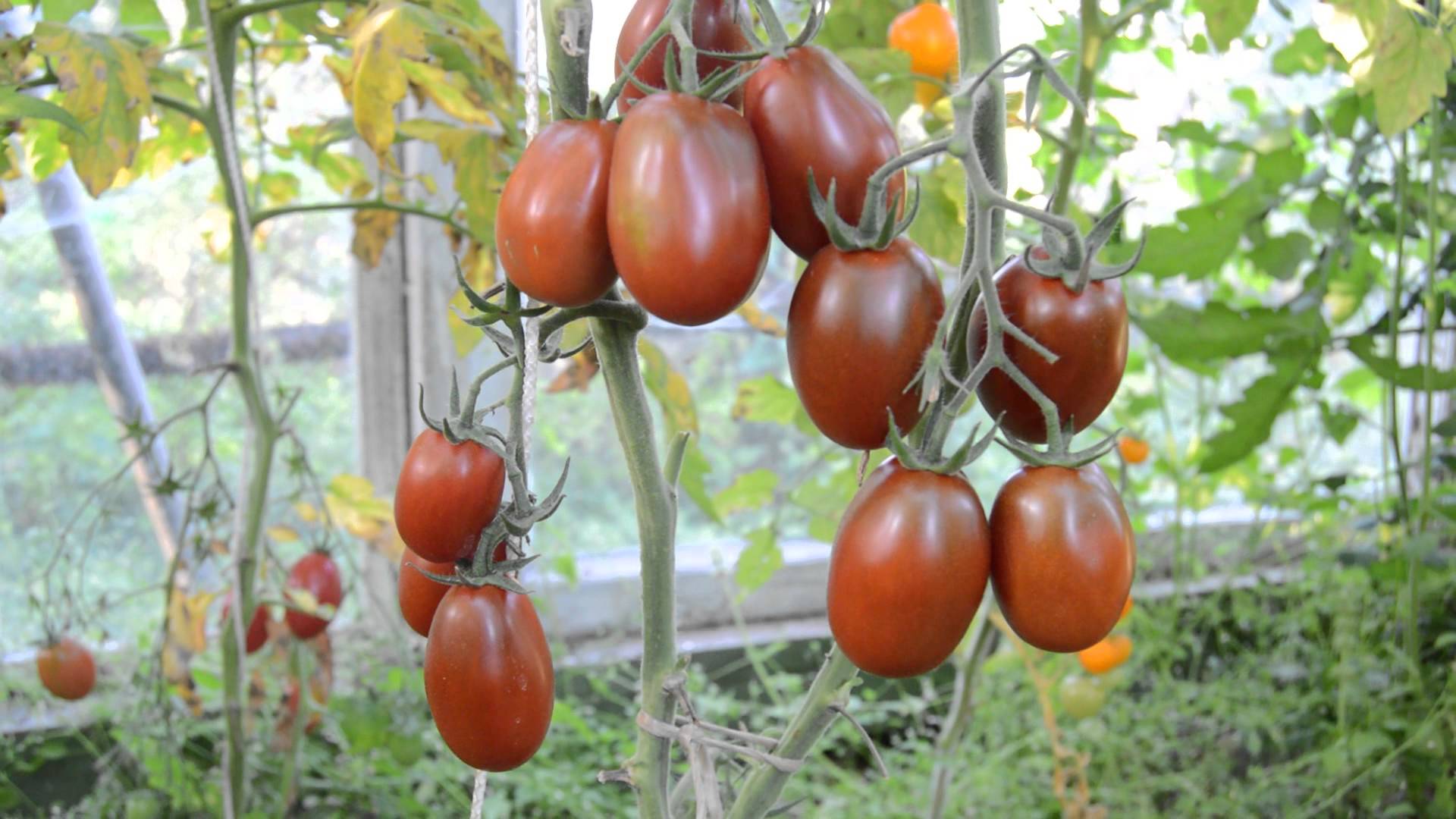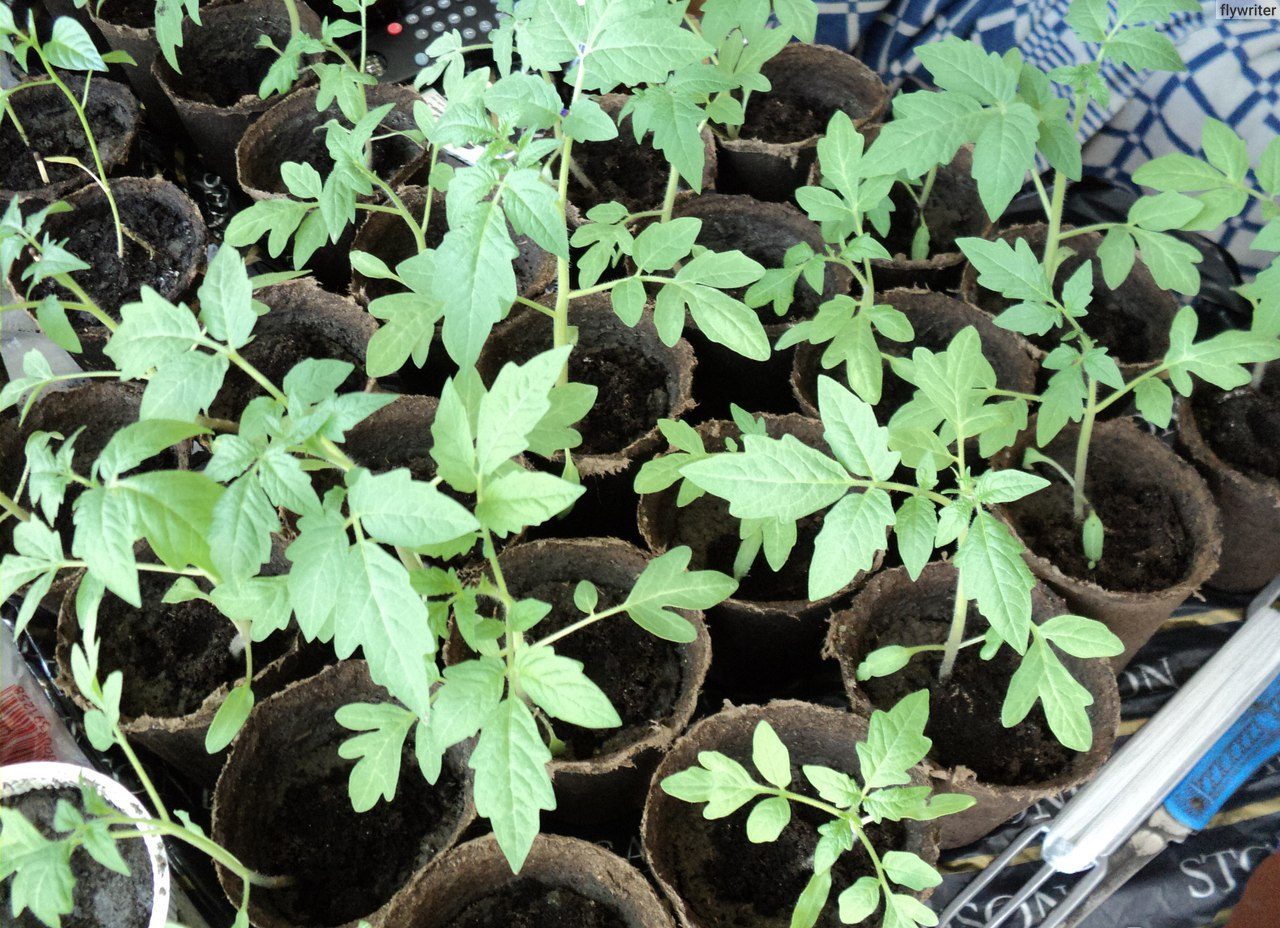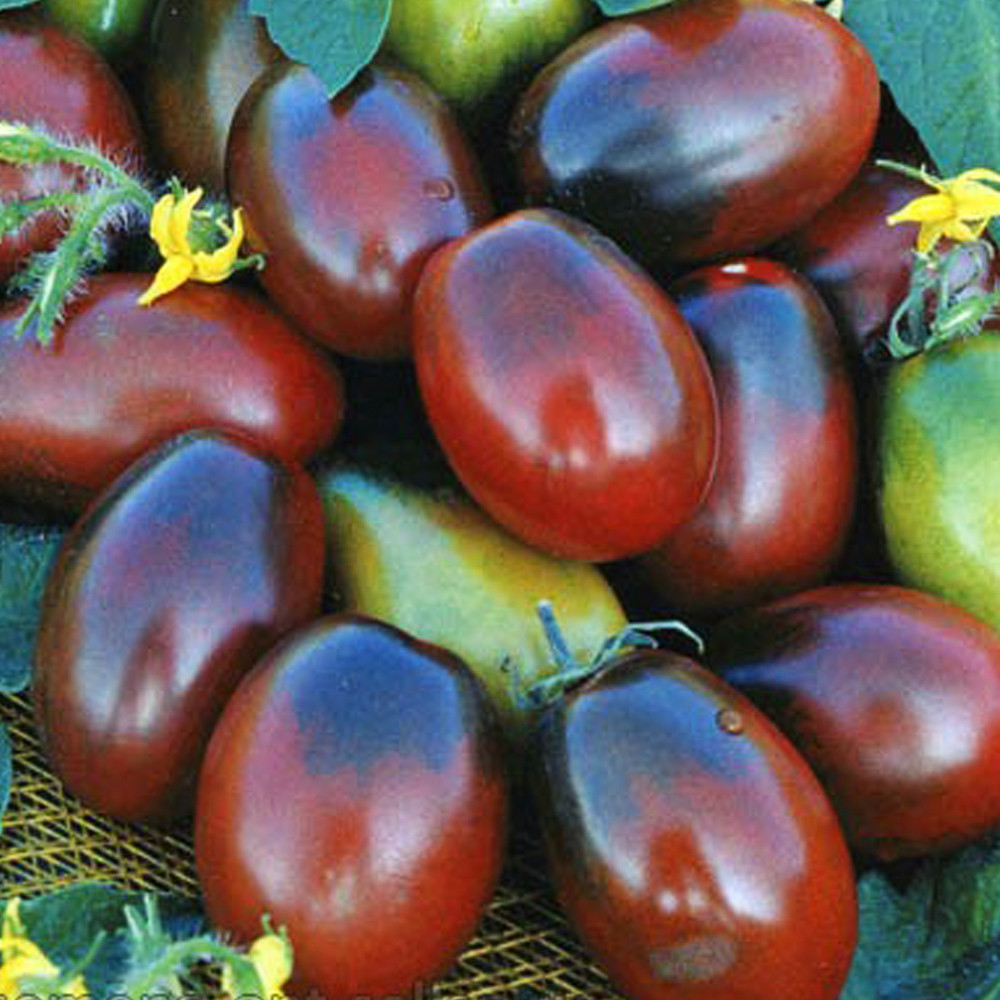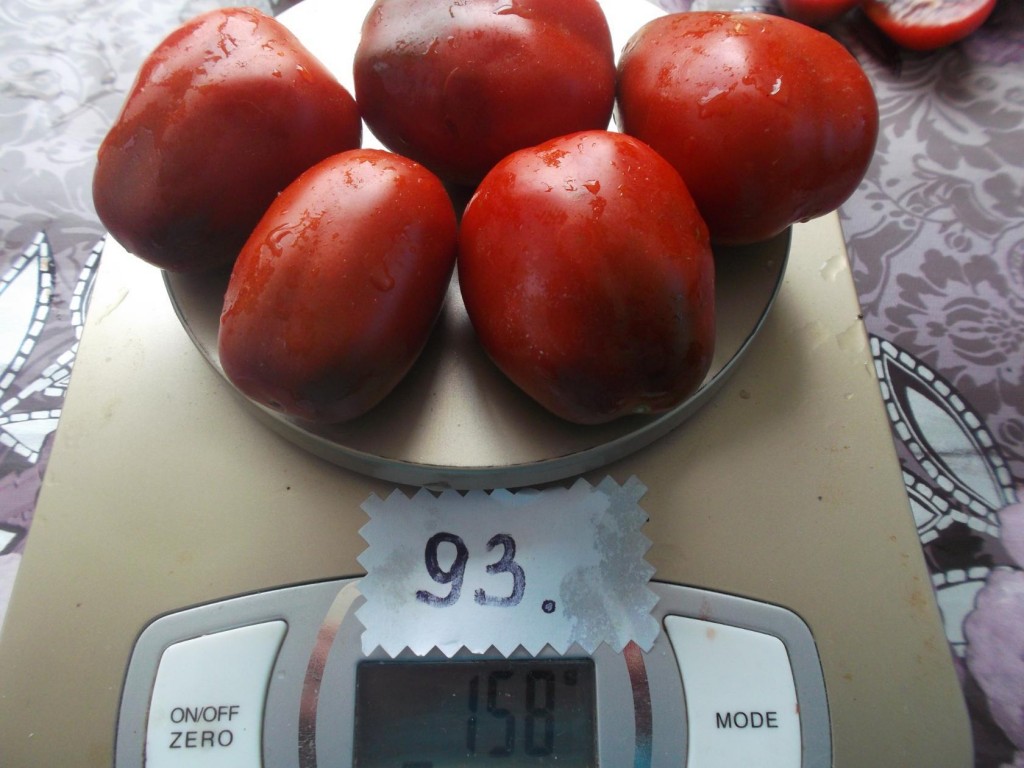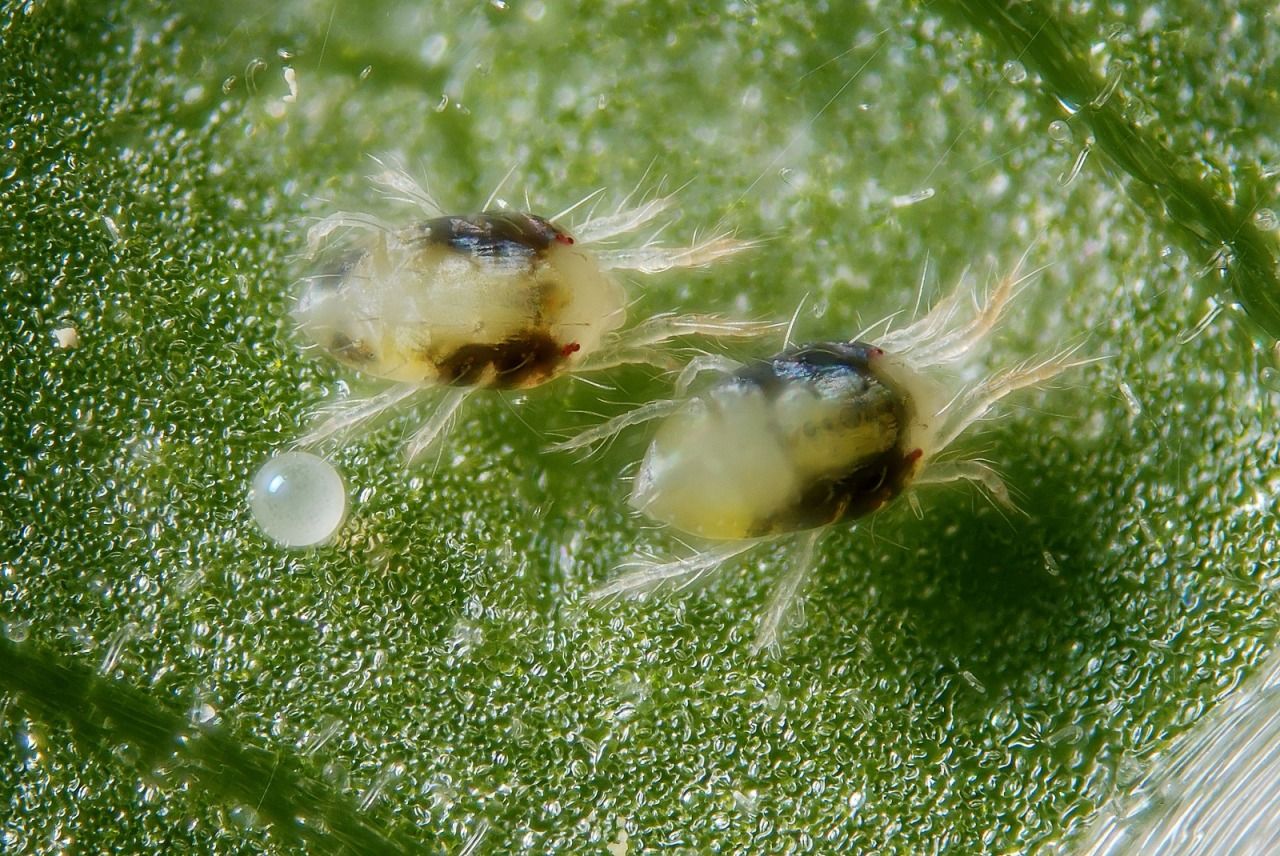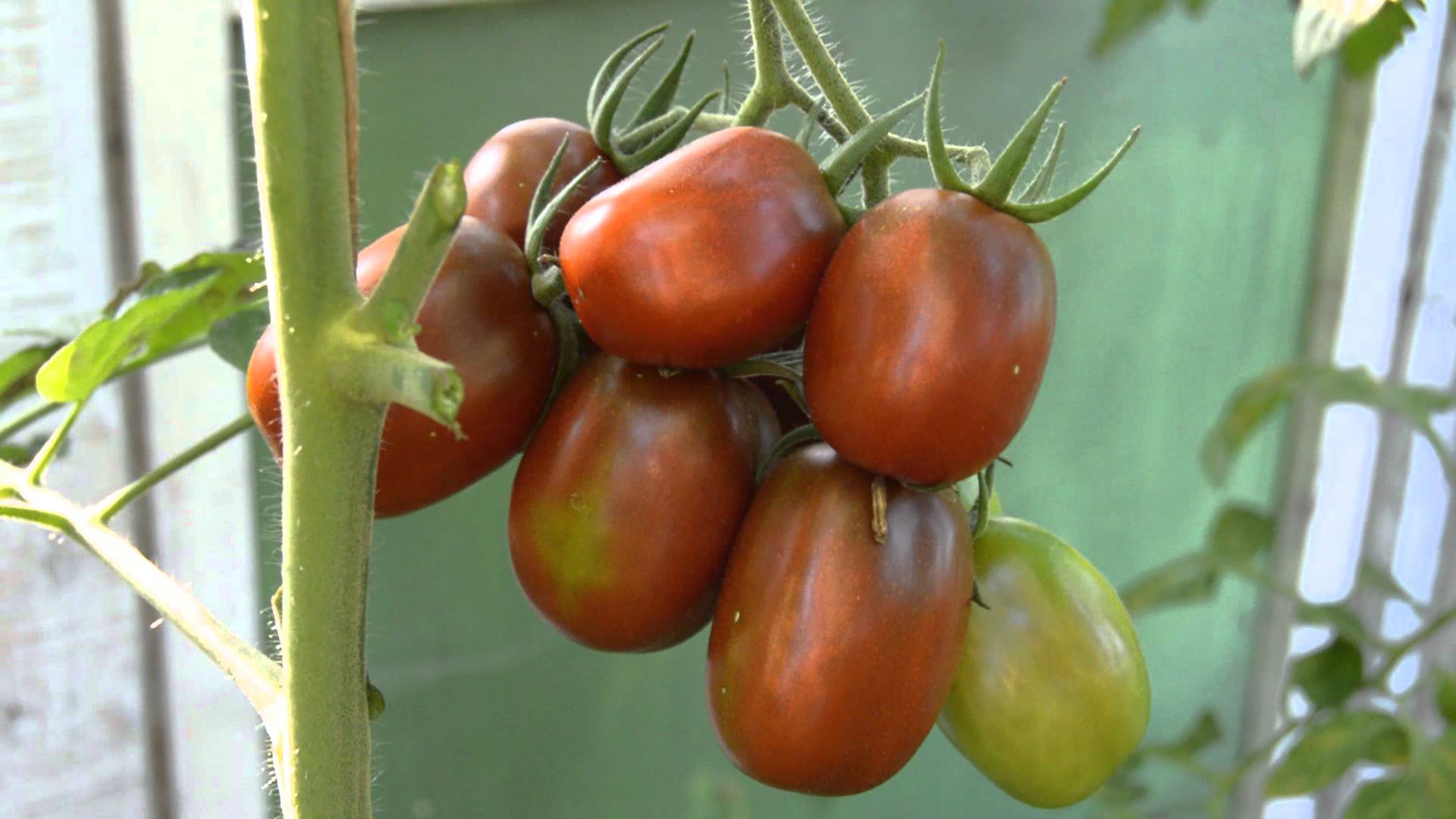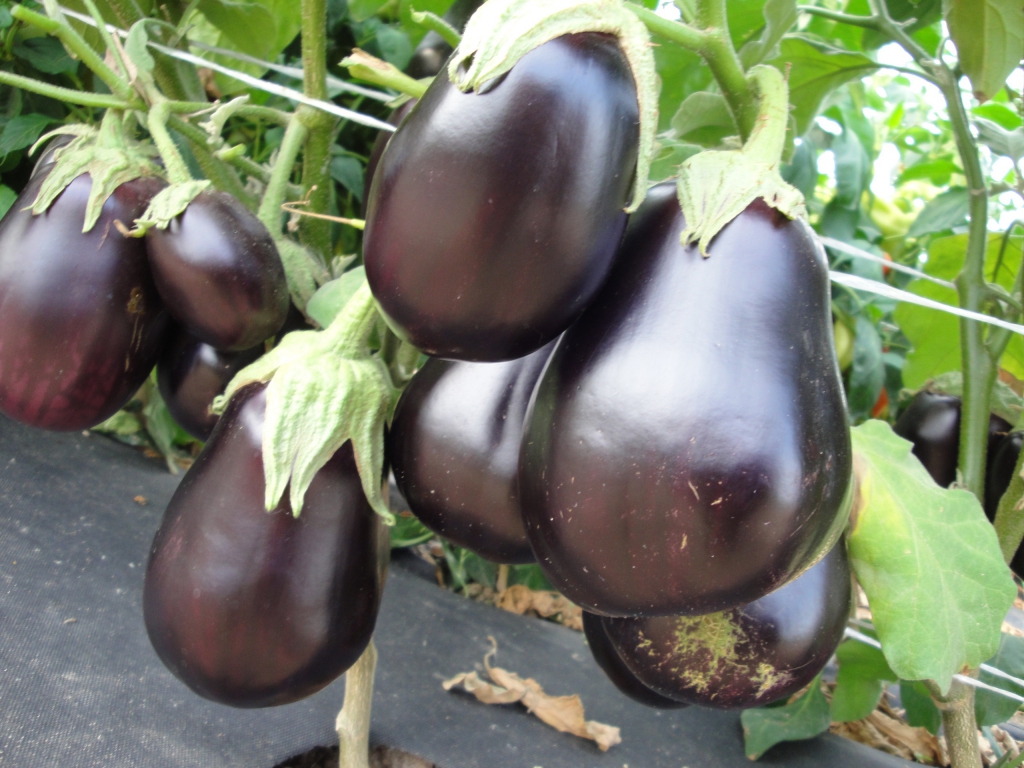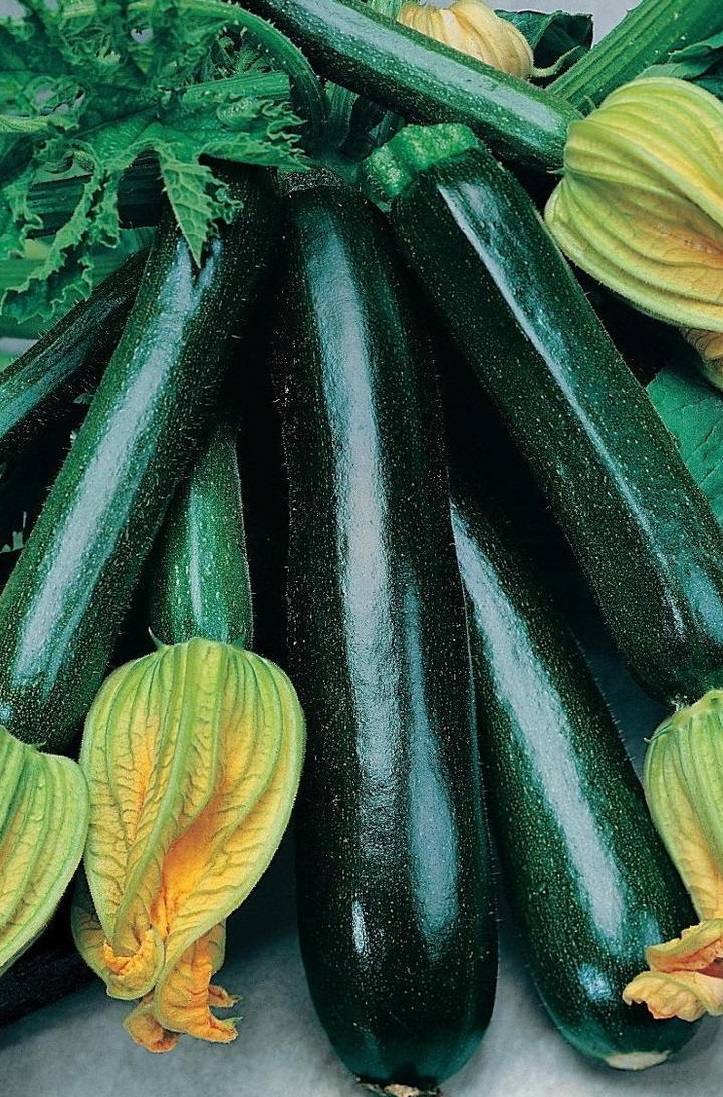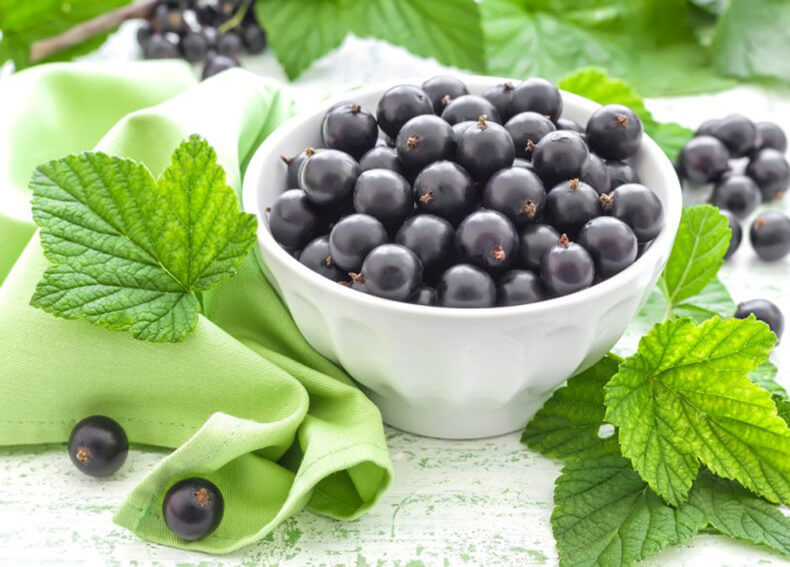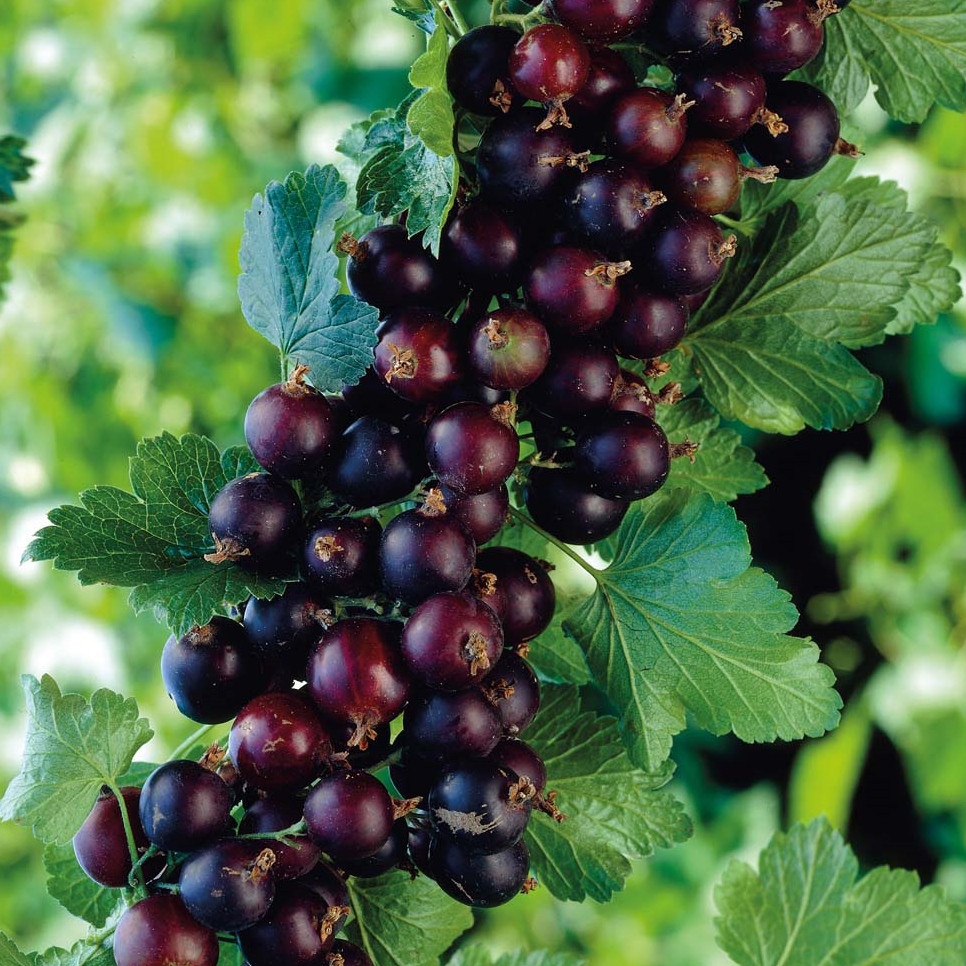Content:
Having crossed the red-fruited varieties of elite tomatoes with wild ones, the breeders, through careful selection, obtained black-colored tomatoes. The best representative of these varieties is the Black Moor. It has a dark red, almost black color, a pleasant fruit taste. In addition to the southern regions, tomatoes of this variety are grown in the moderately northern zone of Russia.
Description of tomato
The Black Moor tomato has a distinctive feature - a unique taste, which successfully combines a slight sourness and sufficient sweetness. The tomato variety belongs to the mid-season, giving off its harvest after 105 days, as the first shoots appear.
Tomatoes are grown in film greenhouses, greenhouses, on the ground.
Tomato bush
The Black Moor is very tall - the height of its stem is rarely less than one and a half meters. The plant stops forming when 10-12 fruit clusters grow. The first brushes appear after 8 leaves, and the subsequent ones are formed after 3. Brushes are not very often located, there are about 10 pieces on each bush.
Tomato Moor has a peculiarity - the leaves are at a minimum distance between themselves. For this variety, both a garter and pinching are needed so that ripe fruits do not break the branches of the bush.
Tomatoes
Teardrop-shaped tomato fruits are collected in a brush. Each of them contains 18-22 tomatoes with a fairly dense pulp. The seed content in fruits is low. The fruits themselves are not large, each 50 grams.
The thick skin of the tomato protects the fruits well - even boiling water prevents them from cracking, which is very much appreciated in canning. A small-fruited tomato is good for decorating dishes.
Yield
The beautiful teardrop shape of the fruit makes the tomato harvest even more desirable. The bush can be almost completely covered with fruits and is ready to give them in an amount of about 7 kg. For small fruits, this is a pretty good indicator.
Cultivation of culture
You can plant this tomato variety in the garden, in a greenhouse, or a greenhouse. It should be noted that a tomato grown in a vegetable garden, being in more natural conditions, can be a little over a meter high, in contrast to greenhouse crops that constantly reach for light.
Planting soil requirements
To grow seedlings, you will need the following containers:
- Peat glasses;
- Plastic and paper cups;
- Wooden boxes;
- Cropped bottles.
The ideal option would be to sow Moor tomato seeds in paper or peat glasses. In the future, ready-made seedlings can be in the same containers and planted in a vegetable garden or greenhouse.
Seeds develop very quickly when planted in shredded coconut fibers. This material promotes the development of strong roots.
You also need a mixture of humus and sod land. Moor tomatoes love loose soil. Therefore, sawdust should be added to the soil.
A week before disembarkation, the container with soil must be kept at a temperature of about + 25 ° C.
Seed preparation
A very important and crucial moment is the preparation of seeds. If the culture will grow in the garden, then the seeds must be pre-hardened.
To do this, in a convenient container, the seeds are exposed to the cold for 2 days, for example, they can be removed in the refrigerator.
The next procedure is to check for germination: the moistened seeds are kept for 5 days at + 20 ... + 25 ° C
To eliminate potential fungi, seeds are treated with bleach, manganese solution, copper sulfate, and fungicides.
Finally, the seeds are washed with water and sown in the soil.
Sowing rules
Sowing usually begins in March.
In order for the seeds to germinate quickly, it is necessary to create conditions for them:
- Loose soil;
- Keeping containers with planting material in a warm and sufficiently bright place;
- Mandatory watering after sowing and when overgrowth appears.
Recommendations of experienced gardeners will help to get healthy strong seedlings of Moor tomatoes:
- The seed must not be placed deeper than 20 mm, otherwise it will rot;
- When sowing seeds, you need to maintain a distance of 2 cm;
- With a small percentage of germination, the planting is made denser;
- The container with the seed is covered with a film;
- The dive is carried out after 2-3 ready-made leaves.
Transplantation of tomatoes Black Moor
The seedlings are transferred to the prepared area 50-55 days after germination. At this time, usually there is no longer frost.
The land is watered abundantly.
Planting is carried out in several ways:
- Two-line tape, when a couple of bushes are separated by a sufficient distance;
- Staggered;
- By nests, placing a couple of seedlings in the hole.
Tomato care
After transplanting seedlings, you need to provide it with proper care:
- Taking into account that the bush develops more than a meter in height, and the fruits on it are in abundance, a garter should be carried out, for this they install trellises, pegs;
- Superfluous stepchildren must be removed in a timely manner in order to increase productivity;
- Blossoming brushes vibrate slightly for good pollination;
- With the onset of flowering, the Black Moor needs increased watering, but not excessive;
- Water the tomatoes in the late afternoon, when the sun does not burn;
- Weeding is carried out weekly, the soil is loosened under the bushes.
Greenhouse plants are watered regularly, regardless of the weather. Bushes should not be left on the ground so that insects or fungi do not kill them.
Even if the Black Moor grows on a fairly fertile land, he needs feeding. Enrich the soil with phosphorus and potassium. Do this several times throughout the season.
Disease prevention
The Black Moor tomato has an average degree of resistance to diseases in the characteristics and description of the variety. For the prevention of infection, tomatoes should be treated with Hom, and hilling should be carried out.
Bordeaux liquid will be able to prevent late blight. With a spider mite leaving holes on the leaves, karbofos will successfully cope.
From folk methods to combat ticks, a spray solution is prepared. The infusion contains garlic, dandelion leaves, liquid soap.
Caterpillars are collected by hand, treated with the Arrow chemical. When yellowness appears on the foliage, the bush withers, Confidor is used, which destroys the whitefly, which kills the tomato.
Moor's merits and demerits
The unusual-looking Black Moor tomato has many advantages:
- An indisputable plus is the taste characteristic;
- The compactness of fruits for conservation;
- Long-term storage;
- Good meatiness;
- The versatility of the fruit in use;
- Endurance during transportation;
- Relative resistance to temperature extremes and drought.
The Black Moor has a low immunity, some pathogenic microorganisms can infect him. Of the shortcomings, the tendency to fusarium, late blight, as well as susceptibility to pest attacks, stands out.
Cultivation of tomatoes The Black Moor does not present any particular difficulties. Even novice gardeners can handle this challenge. Despite some disadvantages, many gardeners are happy to cultivate the Black Moor and recommend it to others.
